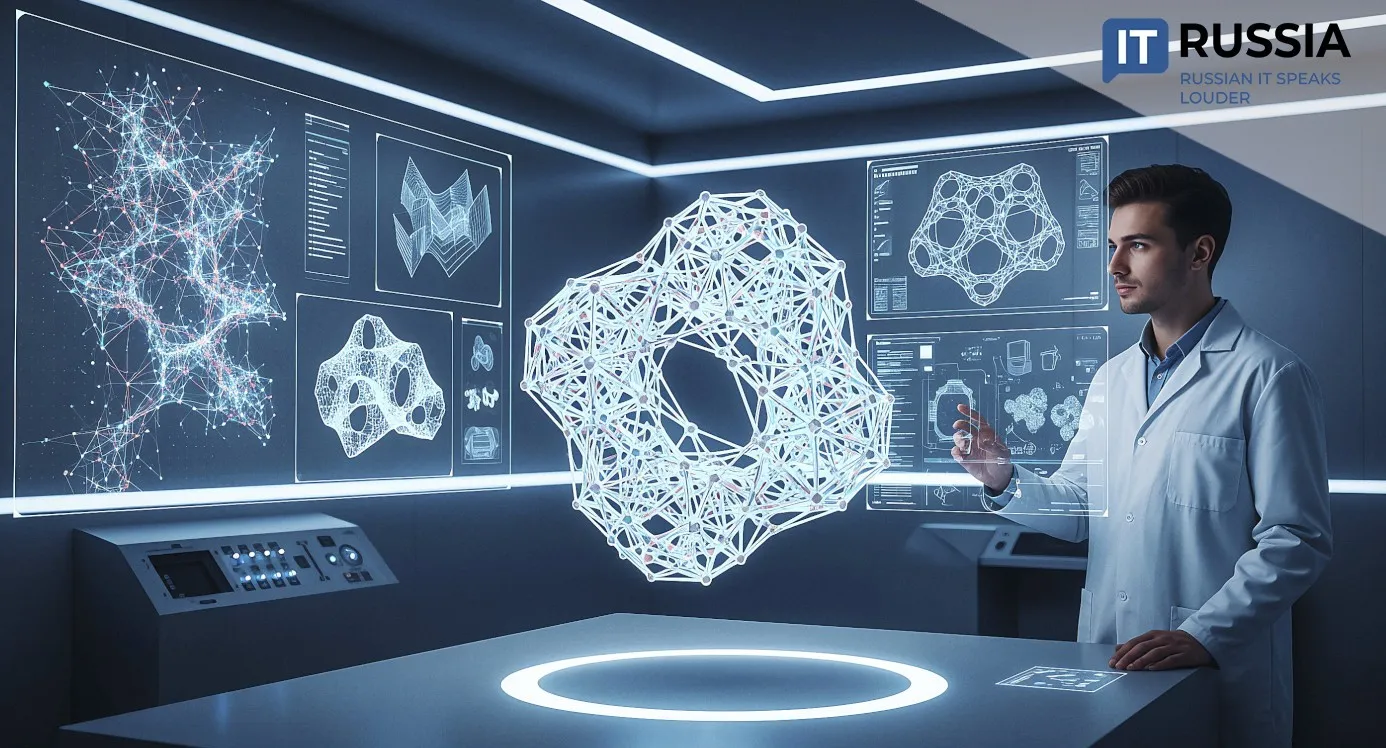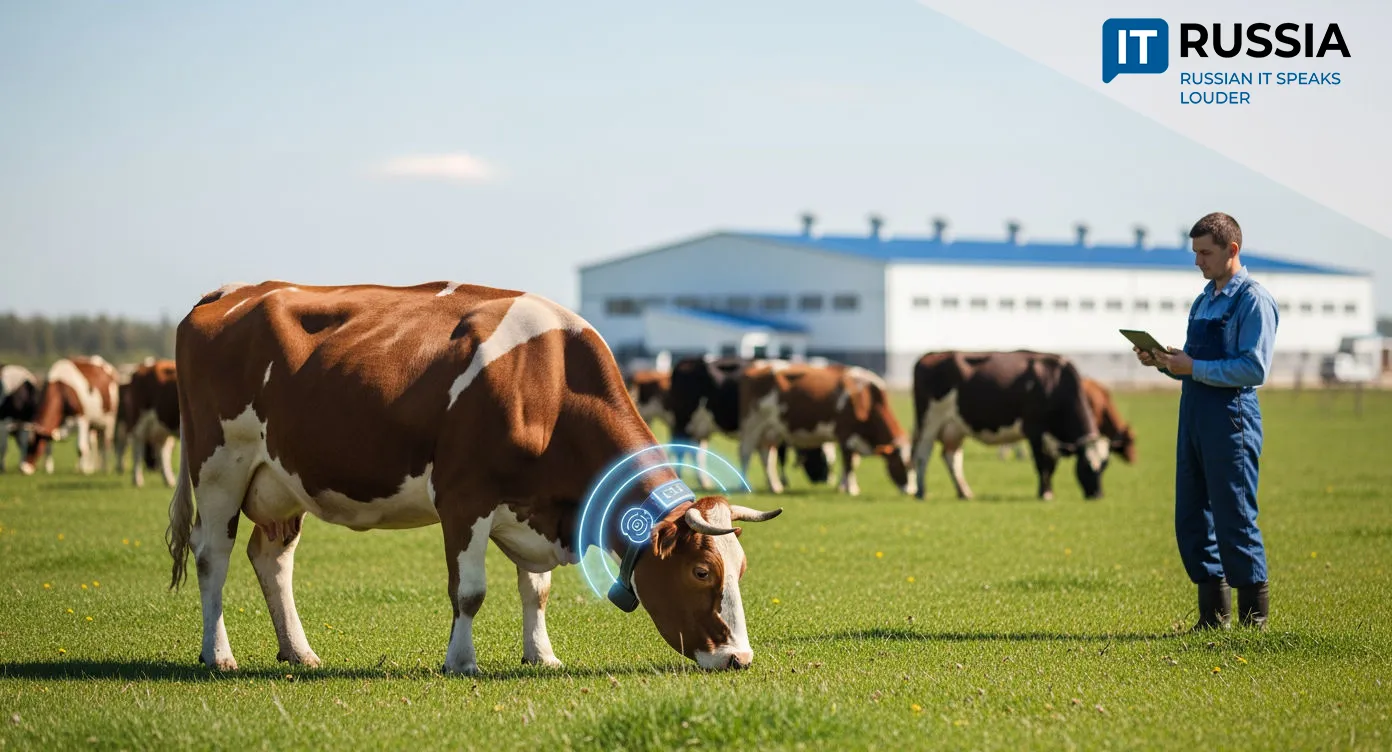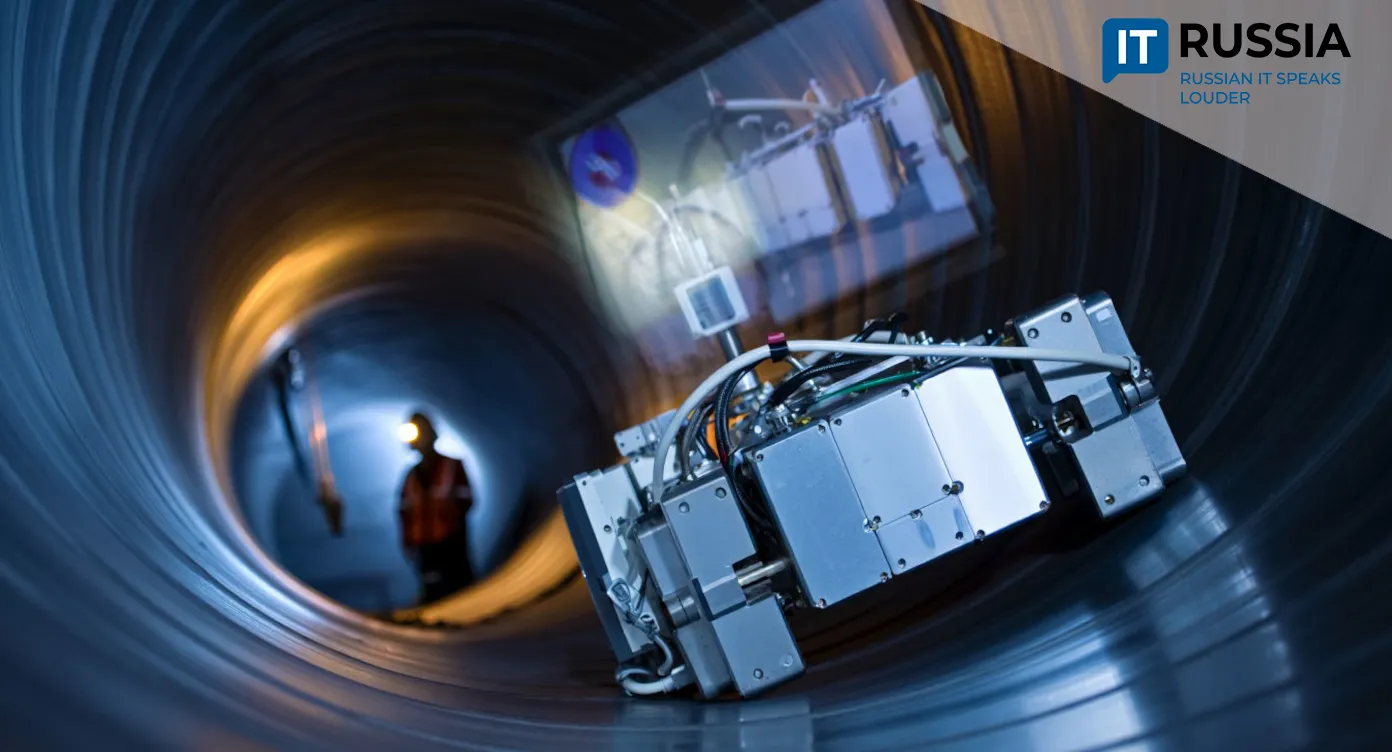Station Tsaritsyno Moves to Fully Digital Rail Control
The Tsaritsyno station in Moscow has completed its transition to a fully digital traffic control system.

Human‑Centered Centralization
The Tsaritsyno station has finalized a historic shift to a fully digital traffic management system, replacing mechanical and electromechanical controls with next‑generation microprocessor‑based technologies. The new three‑story, 2,400‑square‑meter control facility now manages 54 track switches and 55 signals.
The upgrade includes microprocessor‑based switch and signal centralization, remote control with cyberattack protection, reconstruction of the catenary, communications infrastructure, and automatic block signaling on neighboring segments. The system increases reliability, reduces disruptions, and expands throughput capacity across one of Moscow’s busiest hubs.
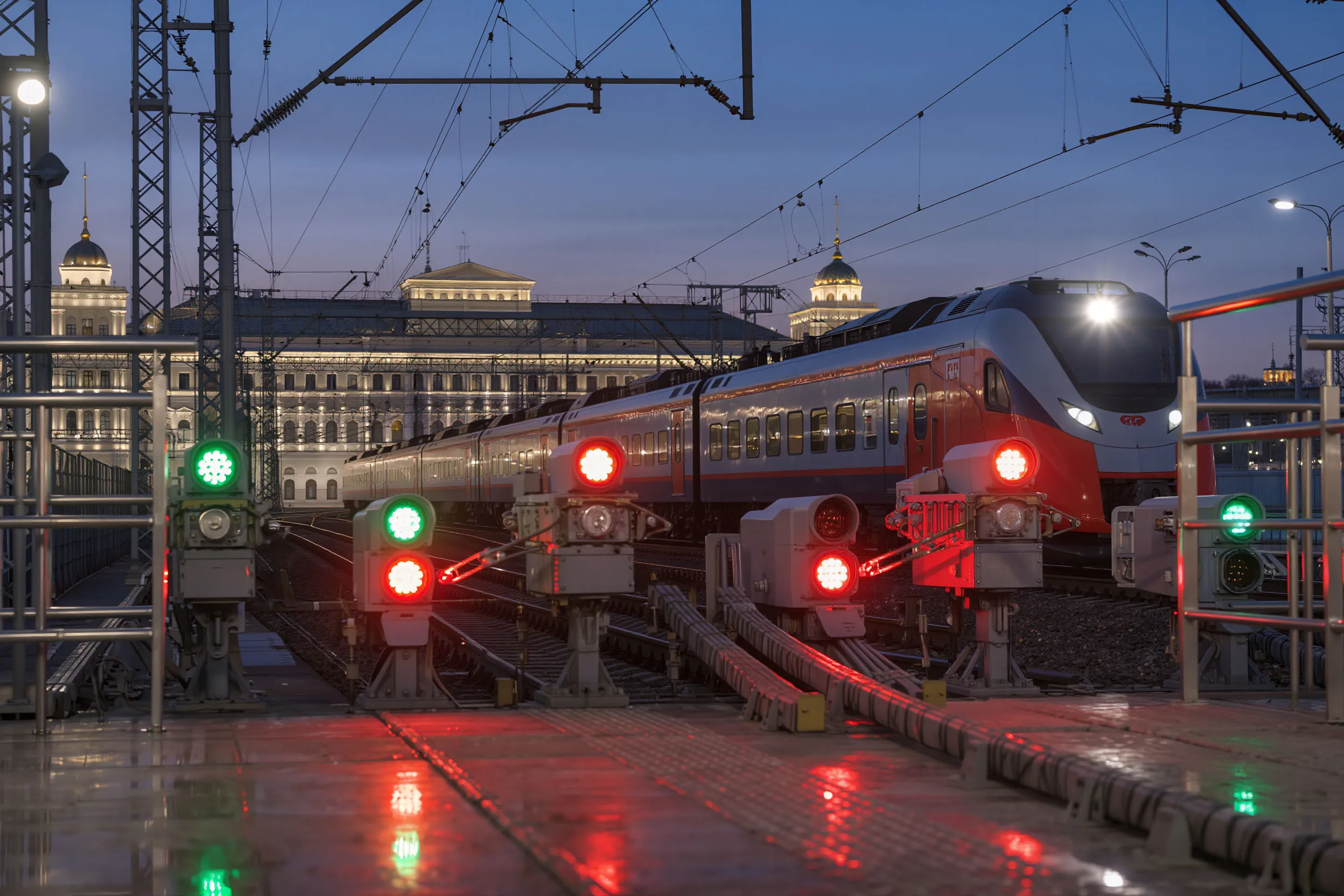
For passengers, the transition improves safety, stability of schedules, and convenience of transfers. The project demonstrates Russia’s ability to implement systemic digital modernization in transport infrastructure.
Federal‑Level Scalability
The Tsaritsyno solution can be scaled nationwide. The Moscow Railway already operates microprocessor‑based traffic systems at 91 stations, 89 of which are within the Moscow hub. Over the past six years, Russian Railways (RZD) has tripled infrastructure development volumes, prioritizing digital traffic control as a strategic direction.
Digital technologies are being introduced across urban and suburban rail, expanding the use of automated block signaling, remote operations, cybersecurity solutions, and predictive maintenance. Integration with monitoring platforms, cyber‑incident detection tools, and Big Data analytics enables adaptive scheduling and real‑time passenger flow analysis.
These developments also create export potential for Russian‑made signaling, centralization, and automation technologies.
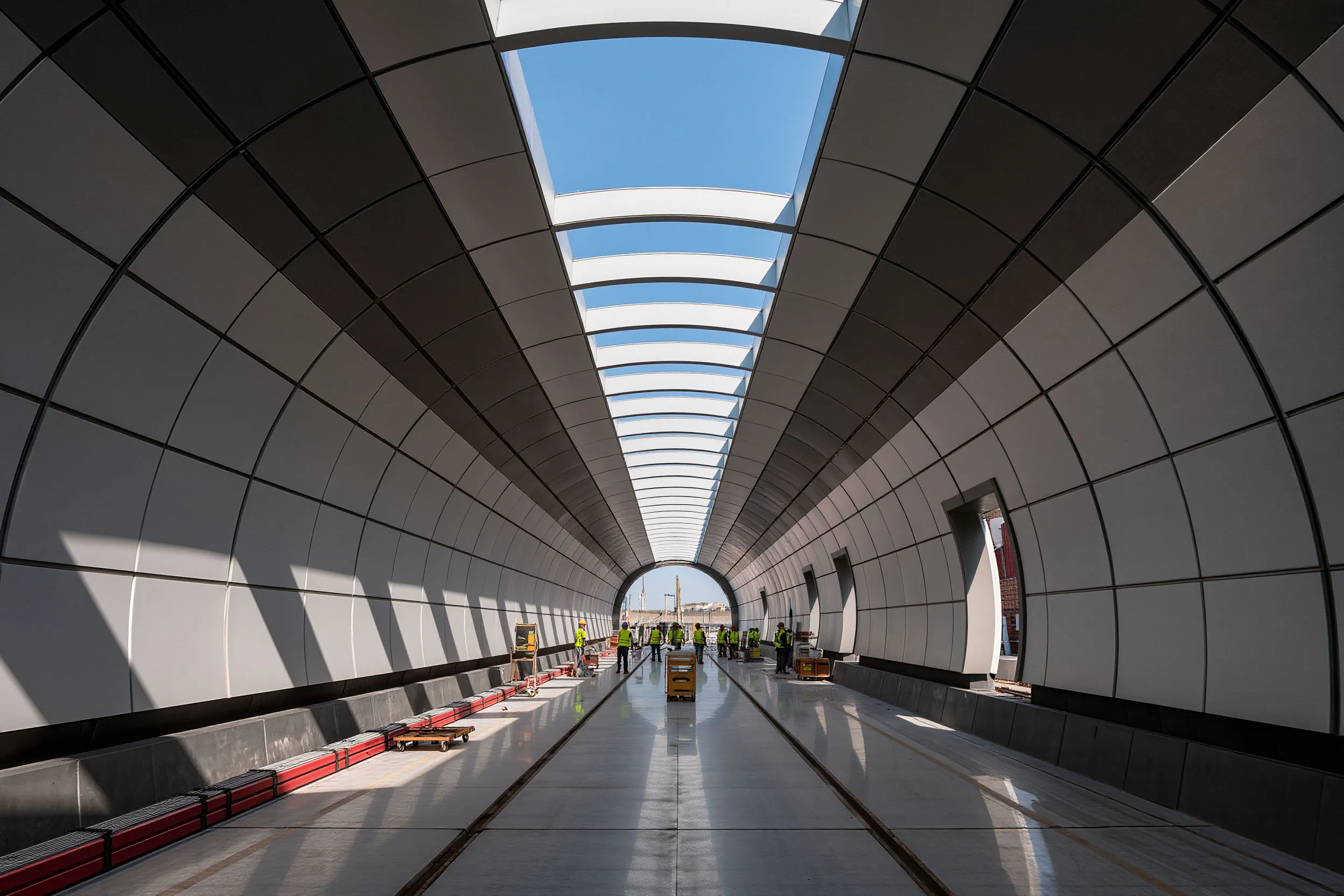
History of Digitalization
The Tsaritsyno upgrade is part of a multiyear modernization effort across Moscow’s rail network. Between 2019 and 2020, microprocessor‑based systems were implemented at around 30 stations. By 2021, MCD‑2 and MCD‑3 commuter lines began pilot testing digital control platforms.
In November 2025, a planned engineering window allowed RZD to switch the station’s third and fourth tracks to the new microprocessor‑based system without disrupting regular passenger service. The transition succeeded thanks to precise coordination among RZD, Mosgortrans, and private operators.
The expansion of the MCD commuter rail network has accelerated demand for domestic signaling technology. Russian companies such as TransCifra and ENPAEM are actively involved in modernization projects.

Toward Full Automation
Tsaritsyno marks a new era for Moscow’s rail management. By 2027, more key stations will transition to digital control. By 2030, the entire Moscow Railway district is expected to operate on unified digital infrastructure, integrating long‑distance, suburban, and commuter services.
After 2030, artificial intelligence is expected to play a central role in autonomous transport control. Digital twins of rail stations and corridors will support predictive maintenance and early failure detection, enabling the creation of a nationwide intelligent railway management network.














